Inside: Teachers can prevent bullying in the classroom with these 15 tips all educators must know so they can stop bullying and protect students.
When my daughter was in the fourth grade, she was the victim of bullying.
Students were bullying her on the playground and during PE and in the lunchroom.
These students then convinced other students to also bully my daughter.
The bullying escalated from emotionally bullying to physical bullying and moved from the playground to the classroom.
When the teacher’s back was turned or when she was on the other side of the room, my daughter was no longer safe in her classroom.
Every day at school my daughter was harassed and hurt and came home cut and emotionally bruised by their harsh, words.
When we talked to her teacher, she was incredulous. How could this happen, right under my nose? Inside the classroom?
But there were signs my daughter was being bullied. There are almost always signs.
If educators want to help prevent and then protect their students from being bullied, they have to know what to look for and then meaningful strategies to prevent bullying.
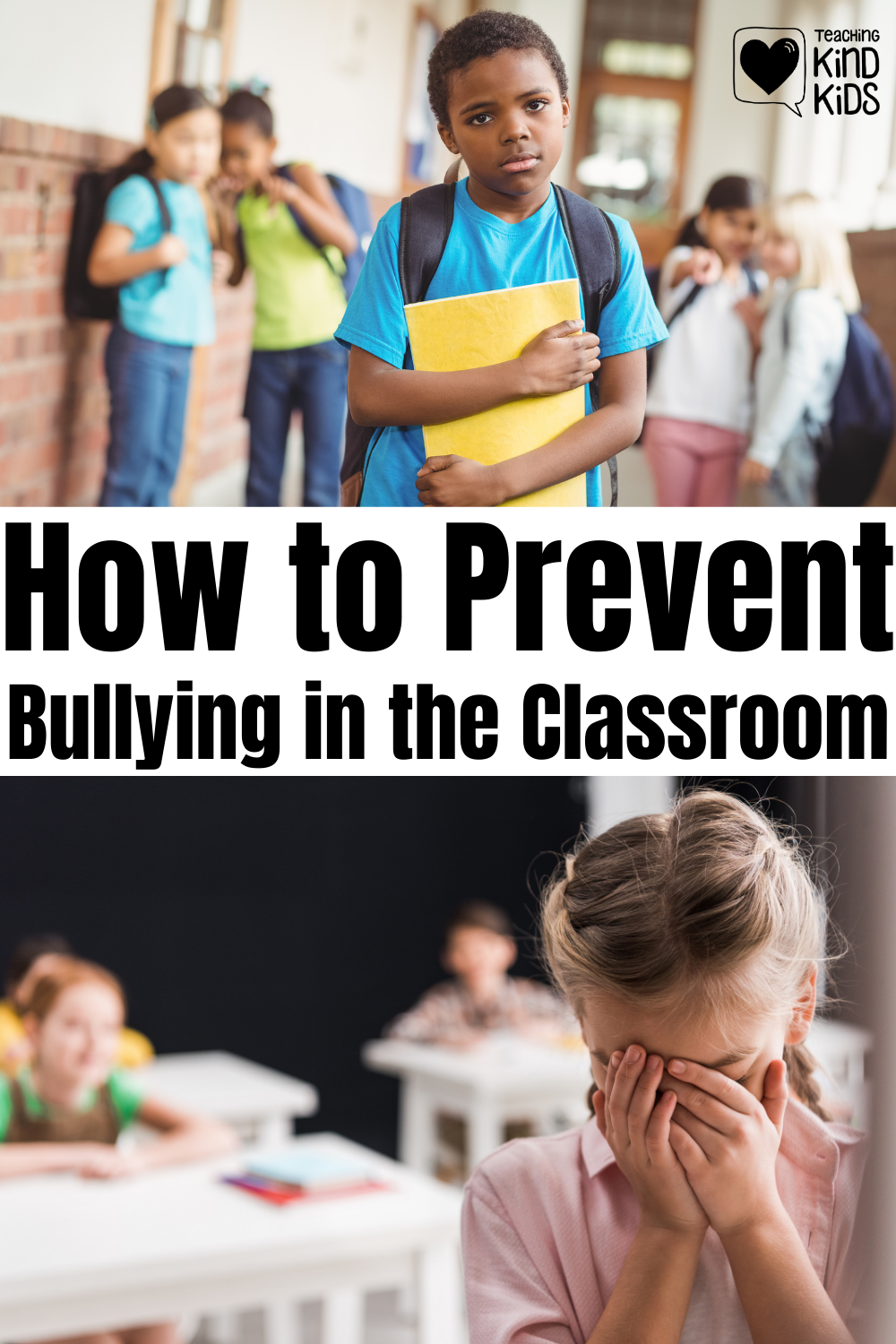
Know The True Definition of Bullying
I attended a staff meeting in our auditorium one early afternoon and left shocked to my core. One in four of our students, the expert told us, is being abused…mentally, physically, emotionally, sexually, or through neglect. And if you don’t know who those students are and have taken steps to protect them, you’re missing the abuse.
I realized I needed to pay more attention. I needed to look for signs. I needed to spend less time worrying about lesson plans and more time focusing on my students.
When teachers look, really look, they’ll see students who need them. Including students who are being bullied, right under our noses.
Before we can prevent bullying and protect students who are bullied, we have to know what bullying really is.
Because not all mean and unkind behaviors are bullying behaviors.
Bullying isn’t name calling. Or when kids are mean once.
Bullying is intentional, deliberate and repeated aggressive actions (which continues after they’ve been asked to stop or they know they’re causing harm) that involves a real or perceived imbalance of power or control (ie. physical strength, popularity, or the knowledge of embarrassing information).
So bullies bully over and over again.
They do it on purpose.
They know it causes harm.
Bullies feel in control and powerful in the situation.
And there are 4 Kinds of Bullying:
1. Social Bullying-social exclusion from a group on purpose, spreading rumors, telling others not to be friends with someone, intentional isolation
2. Verbal Bullying-teasing, taunting, threats to cause harm
3. Physical Bullying– hitting, kicking, spitting, tripping or pushing, breaking or stealing possessions or money
4. Cyber Bullying– spreading rumors online, sharing inappropriate information or pictures online, impersonation, threatening someone online, or “outing” someone.
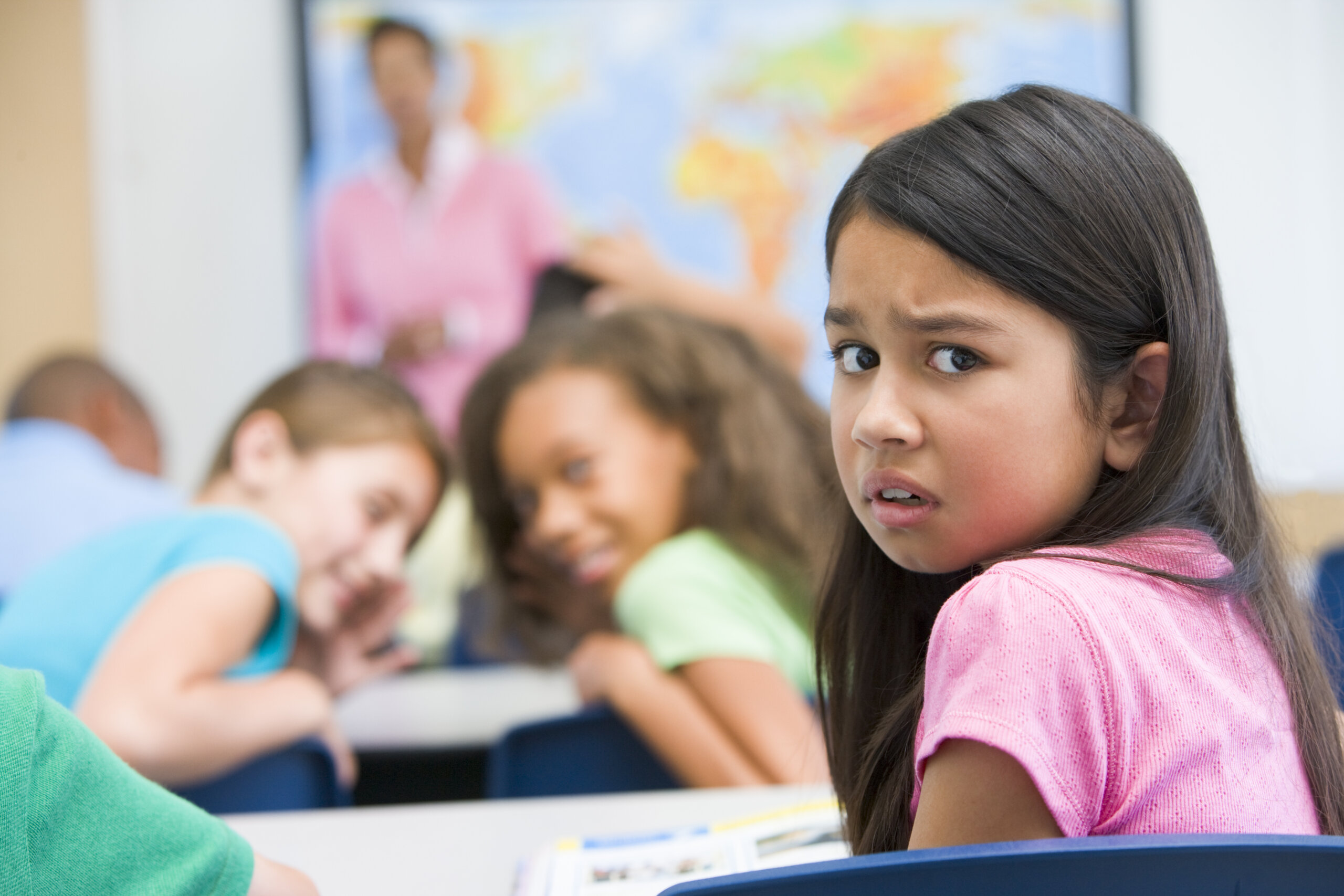
Ways to Prevent Bullying in The Classroom
I have good news and bad news for you.
First, the bad news: some of your students are being bullied right now and you’re missing it.
And now the good news: you can help those bullied students and you prevent more bullying from happening.
But the first thing you have to do is know what to look for and who to look for.
There are definite patterns and if you’re paying attention, you’ll be better equipped to help protect your students and create a kind classroom of students.
Here’s how:
1. Create a Classroom Community
When students feel connected to your classroom and the people in it, they are more likely to be kind and spread kindness to others. There’s less competition and more collaboration. There’s less teasing and laughing at each other and more cheering on and championing each other.
Creating a classroom community doesn’t happen overnight, but we can make it happen.
We can come up with a classroom name or a classroom cheer. We can create a classroom handshake that only we know. We can create classroom traditions like what you do on birthdays or what you do on the first of every month.
Sadly, for too many of our students, school may be the only place they feel safe and connected to adults who like them.
And we can read this Our Class is a Family:
2. Expect and Then Praise Kindness
If we want kind students, we can’t talk about kindness once or have a Kindness Assembly or Kindness Week and think that will cover it.
We have to be consistent and remind them about kindness often.
We can do that by making kindness an expectation and one of our Classroom Rules: We speak and act with kindness.
We can hang up these Kindness Posters to remind them to be kind as they head out our door.
To praise kindness when we see it, we can use these Kindness Bulletin Boards to record and encourage more kindness.
We can also use this Hole Chart to encourage kids to be kind more often (which is perfect for kids who struggle to be kind) or these Caught Being Kind Cards.
3. Intentionally Teach SEL Curriculum and Character Education to Prevent Bullying in the Classroom
When I first taught I had no clue how to squeeze in one more thing to my lesson plans and always resented the Character Education curriculum a little. How could it be as valuable as reading or math?
And yet, it is often far more valuable.
If our job is to teach our students, then our job also includes teaching them how to interact with peers and adults in positive, socially acceptable ways.
Character Education can teach them how to play fairly and take turns and use their manners and stand up for others.
Yes, of course, they should be learning this at home, but we know many of our students do not.
Here are 10 Easy Ways to Teach SEL Curriculum even when you’re already busy.
4. Talk about Bullying Often
If we want to prevent bullying in the classroom, then we have to talk to our students about bullying and talk about bullying often. We can use this Skittles Game or this Trash or Kindness Game.
We can also use these 60 Kindness Discussion Starters and Bullying Prevention Discussion Starters during Morning Meeting or the few minutes before the bell rings for recess and the end of the day.
We can’t say “Don’t be a bully.” Kids won’t understand. We have to arm them with how to deal with bullying behaviors before they happen. We have to have conversations about what a bully is, what bullying behaviors are, and how to make sure they don’t become a bully.
We also have to help kids who are influenced by friends to be unkind or turn a blind eye to bullying. That can all come with talking about bullying.
5. Read Books About Bullying
Of course, another easy way to talk about hard topics is to read about them. We use books to teach kids about all kinds of topics, and bullying is no different.
We can read books to our students about bullying and anti-bullying like these.
Here are a few more of our favorite Anti-Bullying Books:
6. Encourage Kids to Be Includers
Bullies often target those different kids when they are alone.
So one simple way to help prevent bullying is to make sure students aren’t physically or emotionally alone.
We can do that by teaching our kids to be includers. They can ask classmates to join them at recess. Students can invite others to sit with them at lunch. They can partner with them on projects or during games or on field trips.
Related: How Teaching Kids to Be Includers Prevent Bullying
To encourage your students in a fun way to remember to include others, you can use this Includer Bingo Game.
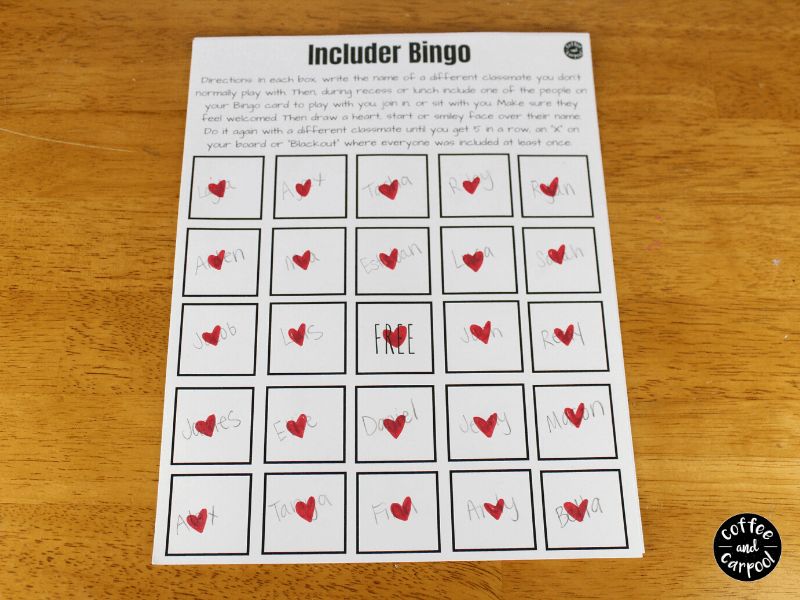
7. Watch your Students When They Don’t Think You’re Watching
One of the most powerful ways to get to know your students is to watch them interact with each other when they don’t think you’re watching.
As I sent my students off to recess, I’d often watch how they play and who they play with.
Pop in during library or PE or art or music. Watch them for a few minutes at lunchtime.
Who’s in charge? Who’s more of a follower? Who is trying to join in but doesn’t know how or can’t break through the social circle?
Bullying behaviors and “mean girl” behaviors start as young as preschool with ostracizing and teasing. And students often feel “comfortable” being unkind when you’re not there.
8. Watch for Cliques and “Mean Girl” Behaviors
Pay attention to who your cliques are and who is “in” and who is “out.”
If you know there’s always a mini posse of 4 girls that go everywhere together and you suddenly see one girl not part of the group anymore, something has happened. That girl has left the group because something was said or she has been excluded. Knowing there’s a problem sets you up to pull her aside and check in with her and see what’s going on.
It may be nothing… or could be everything.
Exclusion is a powerful tool bullies and “mean girls” use often.
If you don’t do this, you can’t play with us.
If you don’t do this, I’ll never be your friend again.
Ewww. That’s gross. You can’t be in our group anymore. No one can be friends with you anymore.
If you don’t have the right shoes, you can’t be one of us.
These cliques are also powerful social structures that use peer pressure to get otherwise kind kids to do not so kind behaviors.
Know who your “mean girls” are and which kids in that group are struggling to stay part of the group. They may be the first ones to be bullied or they may become a bully to stay in the crowd.
Related: How to Help Kids Drawn to the Mean Girls
9. Pay Close Attention to the Nice Kids
Overly sweet, “nice” kids who are quick to compliment and are overly polite to adults often have ulterior motives and are putting on a show. They tend to be the Eddie Haskells of the world who are incredibly polite to adults but turn quickly when adults are gone.
If we want to prevent bullying in the classroom, then we need to pay attention to these nice kids and watch them when they don’t think we’re watching them because their behavior will most likely change.
We don’t want nice kids who are nice to the principal but rude to the custodian or nice to the cool kids but rude to the kids they don’t think are “important.”
Here’s why we don’t want nice kids and why as educators we have to be on the lookout for them.
10. Know Which of Your Students Might Be Bullied at Home
All kids who are bullies are being or have been bullied somewhere in their life because being a bully is a learned behavior.
So if you want to be on the lookout for bullies and prevent bullying, pay close attention to your students’ families.
If you see a parent bullying their child, or an older sibling, cousin, or neighbor bullying your student, they have a higher chance of being a bully themselves. (Not all people bullied will become bullies themselves).
Children who have older siblings are more likely to be a bully than children who are the oldest of the family because older siblings often take out anger and frustration on their youngest siblings.
So then these youngest of the family kids will test out these behaviors at school on classmates because that’s often the only place they can exert “power” or control.
11. Know Who the Targets/Victims Could Be
Kids who are different or are perceived to be different are often a bully’s easiest targets.
So take a quick inventory of your students to quickly see who most likely will get teased or bullied for their differences when you’re not there or busy elsewhere.
- Do you have students who have a disability?
- Do you have students who have a unique family situation?
- Do you have a student who is new to the school?
- Do you have a student who has a different economic situation than your other students?
- Do you have a student who speaks a different language or has a different culture or skin tone than most of the other students?
- Do you have a student who is unusually tall or short or weighs more than their peers?
- Do you have a student who is super interested in a hobby or movie or book world that is outside of more mainstream interests?
- Do you have a student who is LGBTQ+?
If we want to prevent bullying in the classroom, we have to know which of our students are more likely to be targets of bullies and then keep a close eye on them and who they interact with.
Specifically, watch for nuanced behavior changes in them if they become sullen or distant or quiet or shy or start doing poorly in school or do things out of their personality.
12.Celebrate Students’ Differences to Prevent Bullying in the Classroom
We know bullies tend to focus on kids who are different than them because differences can feel scary or feel “weird.” And since bullying involves an imbalance of power, kids who are different often feel alone or “less”- which makes them an “easy target.”
But, if we celebrate our students’ differences and different cultures and learn about disabilities, differences won’t feel weird or scary.
We have to teach our kids that not only is it okay to be different, it’s great to be different.
One easy way to do that is to read books about celebrating differences.
You can use these We are Different Emergent Readers and We are Different Early Readers for older students.
Or you can use these strategies to help kids celebrate our differences.
13. Teach Kids How to Stand Up to Bullies
You can’t be everywhere and you definitely don’t want to spend all your breaks watching your students. So we can teach our kids how to stand up for their classmates (and for themselves) by being upstanders.
One student, saying “no” or saying “you can’t do that” can often stop a bully in their tracks. And it definitely makes all the difference for the bullying victim because they no longer feel alone.
But it can feel scary to stand up to bullies, especially if the bully is a friend.
We can’t simply hope students know how to stand up and speak up. We need to give them words they can use before they’re on the playground and come face to face with a situation that feels scary.
Our students have to know they can come to an adult to get help. But they also have to know they have the power to say “Knock it off” and “You can’t treat her that way,” and “Stop it now.”
You can also use this Emergent Readers on Bullying and this Early Reader for older students about Ways to Deal with Bullies.
14. Teach the Difference Between Tattling and Telling
Children should not have to deal with bullies on their own and need to know adults at school are safe and will help. So our students have to know when to come and tell… and when to not tattle.
We want our students to come and tell us if someone is getting hurt or about to get hurt.
But so often, they come to us with tattling behaviors we don’t need to hear about.
So we have to teach our students the difference between tattling and telling.
Often kids who tattle are ignored when they come with real issues that need adult intervention.
15. Remind them to be kind as they leave your class
Just like we can’t teach them their ABCs or multiplication tables or how to add fractions one time, we can’t teach our students to be kind one time.
It has to be a consistent, constant message.
As they walk out your door, out of your classroom community space you’ve created, remind them to be kind.
Ask them to help someone at recess.
Remind them to invite someone new to play.
Ask them to greet someone they don’t know.
Challenge them to include someone who is different than them.
Encourage them to cheer on a classmate who does something hard like cross the monkey bars or kicks a homerun in kickball.
And when they come back in, ask them to tell you how they were kind or what kind acts they saw.
Cheer on the kindness. Praise it. Remind them all they are kind kids and you love that about your class.
When our students know they are expected to be kind, they are much more likely to be kind.
And kindness and bullying can’t coexist at the same time.



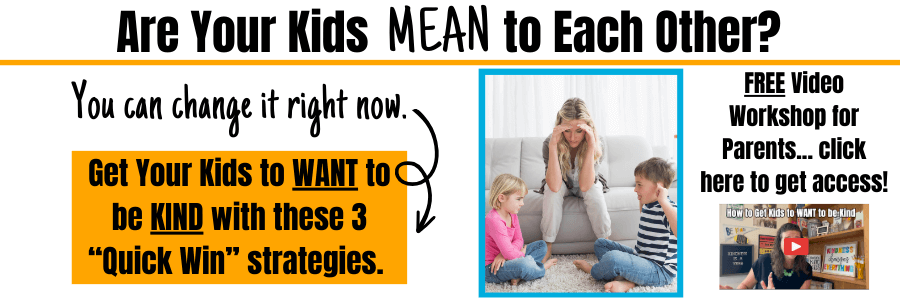

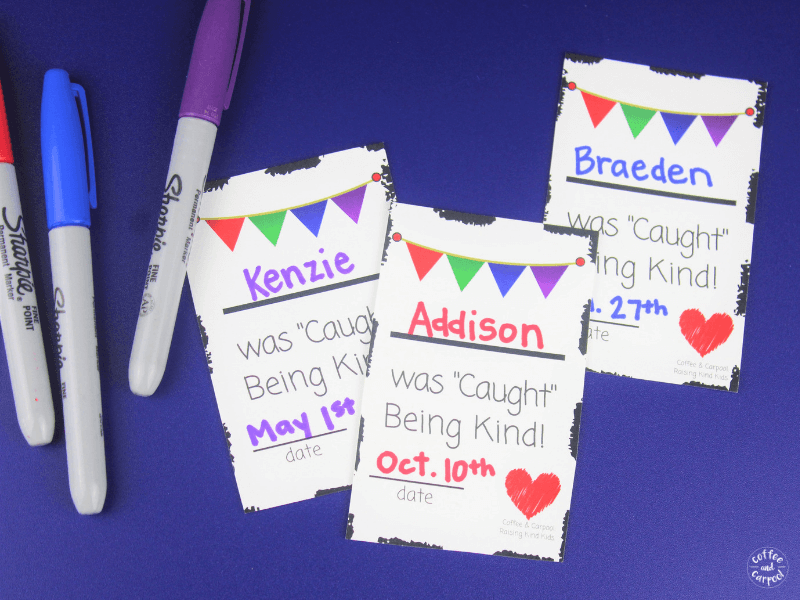
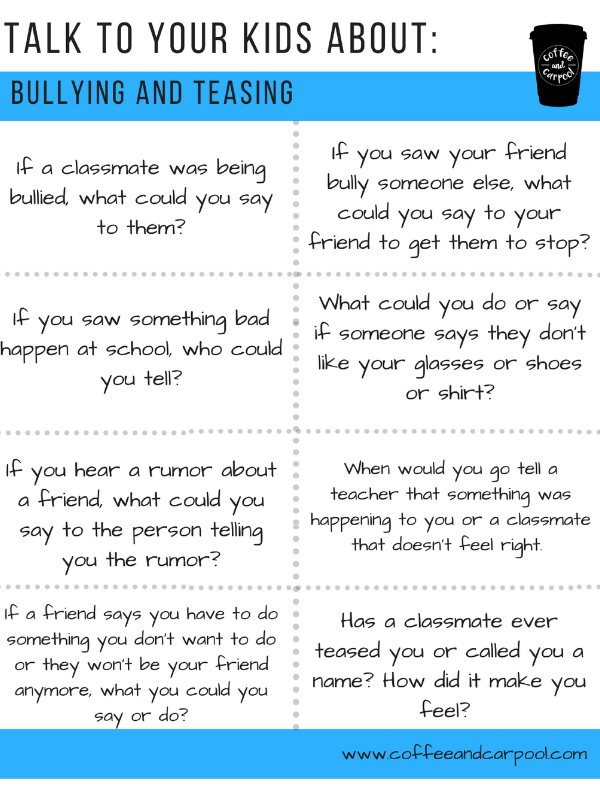






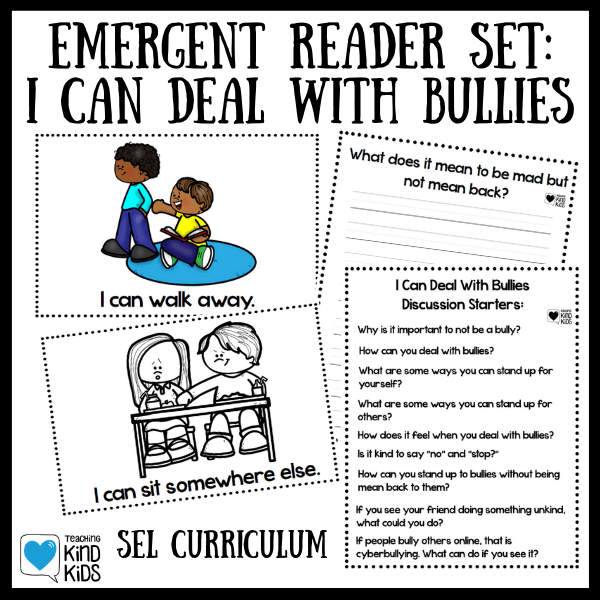
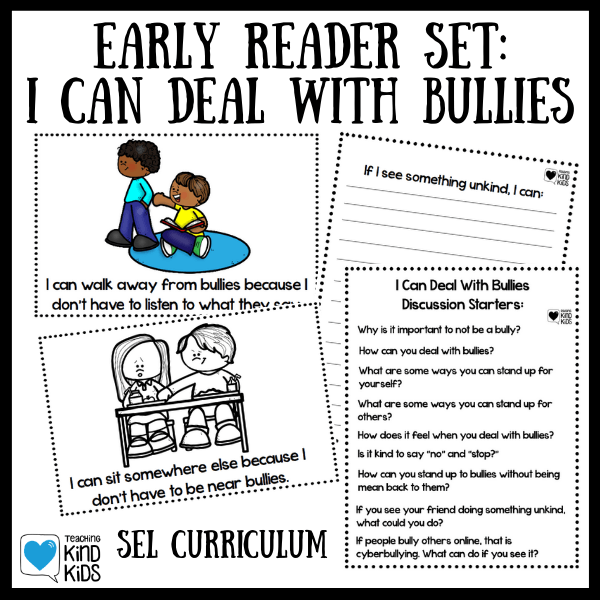

Leave a Reply